Why It Was Called the Golden Age of Islam?
The Muslim “Golden Age,” covering a time period from the 8th through the 13th century, is the term that is often used in regard to a time of great achievement in culture, science, and civilization within the Muslim world. It happened during the Abbasid era and centered on flourishing metropolias like Baghdad, Damascus, and Cordoba. This time is indeed rightly given the title because the age produced great knowledge and civilization of the world – that which extends to our days. But what was special in this epoch? Let’s get to know the historical context, the dimensions or aspects of this chronology in history, and its impact on future generations and the world’s perspective of this incredible period of time.
The Expansion of Islam Along With The Rise of Caliphates
The foundations of the so-called golden age were set with the emergence of Islam in the seventh century. With the Prophet Muhammad (PBUH) and his followers, the early Muslims undertook rapid expansion across nations, cultures, and regions.
The rise of the Umayyad and Abbasid caliphates provided the political and economic stability requisite for the cultural and intellectual endeavors.
After its creation, in 750 AD, the Abbasid Caliphate became a significant turning point in history. The empire controlled the area that stretched from Spain in the West to India in the East and had Baghdad as its capital.
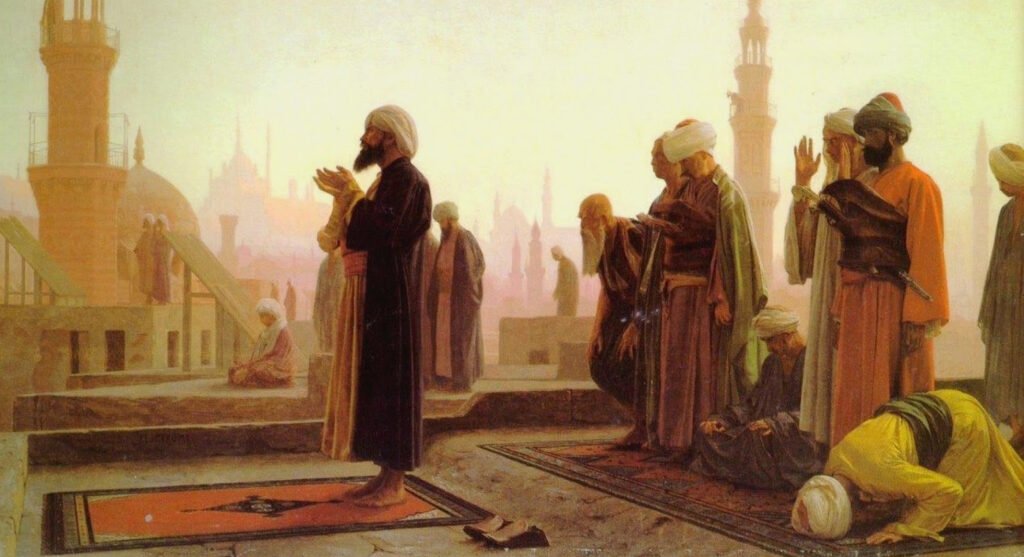
The Case of Damascus, Cordoba, and Cairo testify to the empire’s status as an important center of trade and learning. This enormous empire allowed the influx and fusion of multiple cultures as well as the flow of ideas and merchandise. The prosperity that these trade routes, including the Silk Road and the Indian Ocean network, brought along made it easier for the scientists to exist.
The House of Wisdom in Baghdad
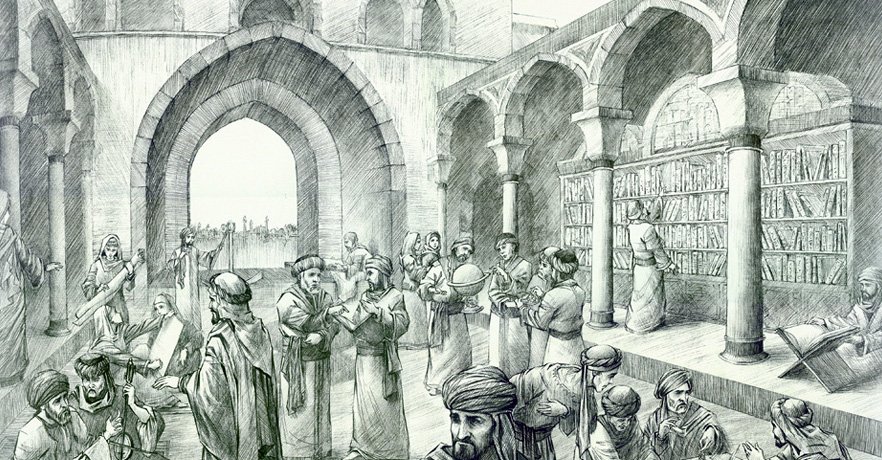
Out of the several institutions that existed during this time, perhaps the most well-known was the House of Wisdom (Bayt al-Hikmah) that was situated in Baghdad . Founded by Caliph Harun al-Rashid who was succeeded by his son Al-Ma’mun, the institution functioned as a library, translation hub and a research center.
A group of scholars from various regions translated and safeguarded the information contained in old Greek, Persian and Indian texts. The magnitude of this translation shift was unprecedented. Islamic scholars translated texts written by Socrates and Plato and Hippocrates into Arabic, later these were taken to Europe.
Once an Arab scholar, Al-Kindi who is referred to as “the “Philosopher of the Arabs,” was a key figure in this campaign. Al-Farabi, another scholar was – these translations inspired me to create distinct philosophical concepts. Libraries and madrasas (schools) throughout the empire served as points for the spread of this knowledge.
Advances in Science and Medicine
Islamic Astronomers’ work altered how the Universe was reasoned. Al-Battani performed refinement of the calculations of celestial bodies’ orbits and provided remarkable computing of the solar year.
The work of ibn al-Shatir on planetary models would later affect Copernicus. In medicine, Al-Razi (Rhazes) authored several works, including The Comprehensive Book on Medicine, which has been used as a standard reference for ages.
Ibn Sina (Avicenna) was the author of many other works, among which The Canon of Medicine appeared and was relatively long used in the European medical schools up to the Renaissance. Alongside religion, mathematics also prospered, including the emergence of algebra with the introduction of Al-Khwarizmi.
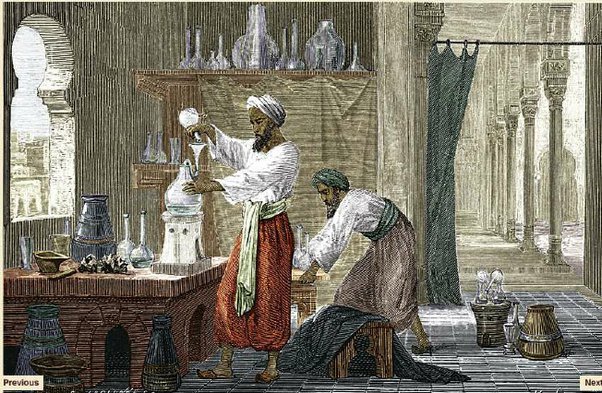
His works were so very pronounced that the word “algorithm” derives from his name. The application of the Indian numerals, which developed into the Arabic numerals, also changed the character of mathematics and trade.What differentiated the Islamic scientists was their method of the experiments. Hospitals, which were mostly government owned, had become places for practicing medicine and learning. This iterated approach was eventful in laying a firm aspiration for contemporary scientific specification.
Achievements in Arts and Literature
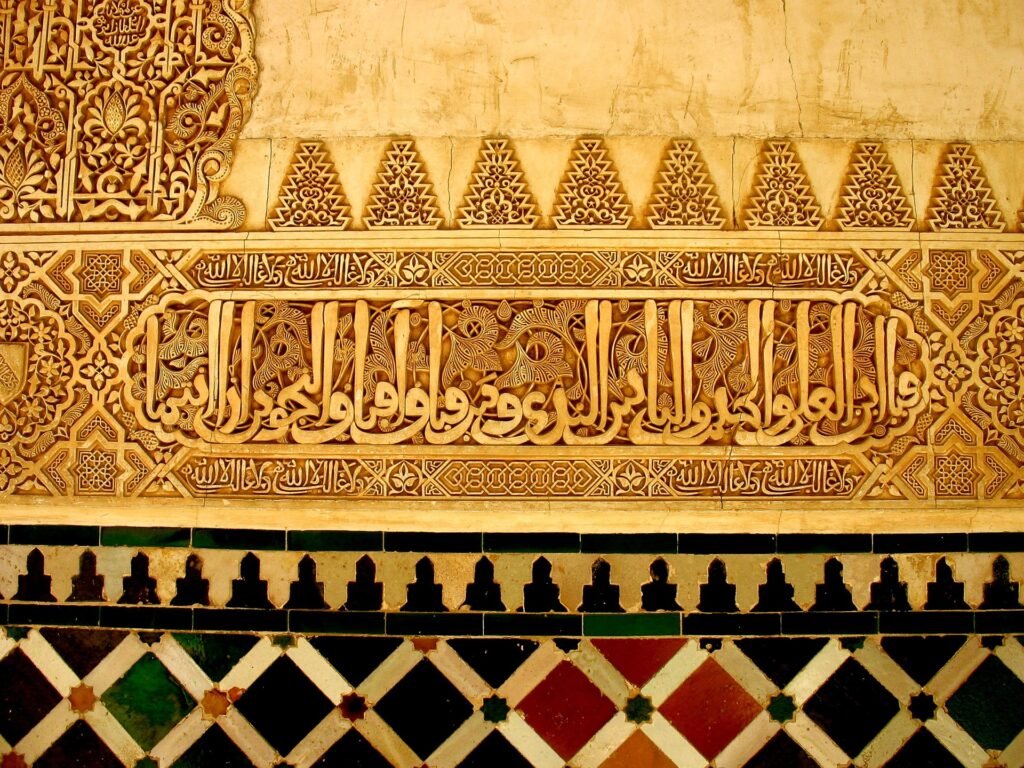
The architectural wonders from that time are awe inspiring. The Alhambra Palace, or the Great Mosque of Cordoba as it is called, possesses the greatest craftsmanship in patterns and decorating surfaces and spaces.
Islamic architecture was thus characterized by domes, minarets, and carving. So did literature. The collection of tales from The Middle East One Thousand and One Nights did not only dazzle the people but influenced the development of several narrative traditions across the world.
Poetry was elevated through the works of Rumi and others, whose poems on love and faith would never be old. Ibn Rushd (Averroes) and other philosophers were able to synthesize Islamic and Greek traditions.
He also wrote commentaries on Aristotle, which later affected medieval European thinkers, earning him the title: The Commentator.
Impact on Trade and Economy
The Islamic empire was situated between important routes that allowed for the movement of goods between Asia, Africa, and Europe.
Such routes as the Silk Road and the trade links of the Indian Ocean, as well as trans-saharan, did not bring only commodities but also ideas and technologies.
The introduction of such Islamic credit checks, as we know them through financial means, facilitated the ability to trade over great distances. The level of wealth created due to trade meant that rulers could support arts and sciences making them flourish in thought.
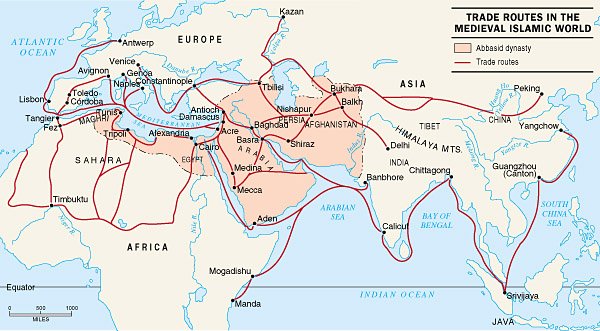
Intellectual Openness and Tolerance
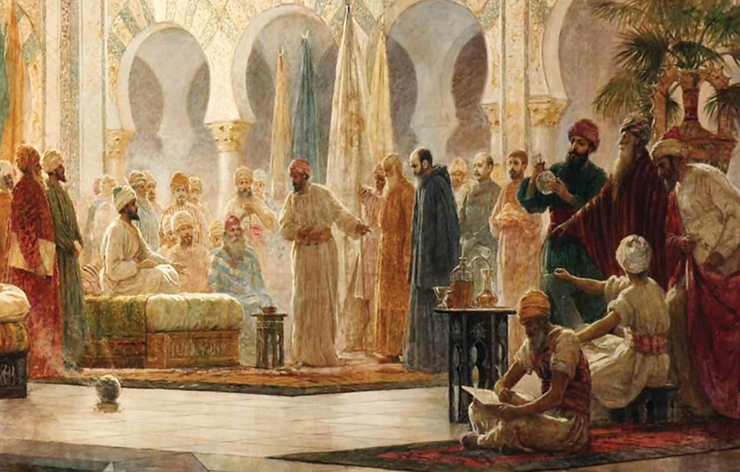
Inclusivity was one of the most remarkable things about the Golden Age.
Muslims, Christians, Jews, and Zoroastrian scholars collaborated to combine their knowledge using mutual respect.
It encouraged the most open exchange of ideas.
Al M’a’mun himself was regarded as hosting theology and science debates with the encouragement of critical thinking.
Diversity is a strength: this era’s success story was owing to a culture of dialogue that was central to the era’s accomplishments.
Decline of the Golden Age
There are actually several reasons for the decline of the Golden Age of leaves.
The most powerful episodes of the sack of Baghdad were the Mongol invasions that included the sack of the Islamic world intellectual and cultural centers in 1258.
Their empire was torn, in part and perhaps more, by internal political fragmentation and economic difficulties.
The Golden Age did show some momentum, but its purpose was united, and some of the regions of Al-Andalus continued to flourish for a time.
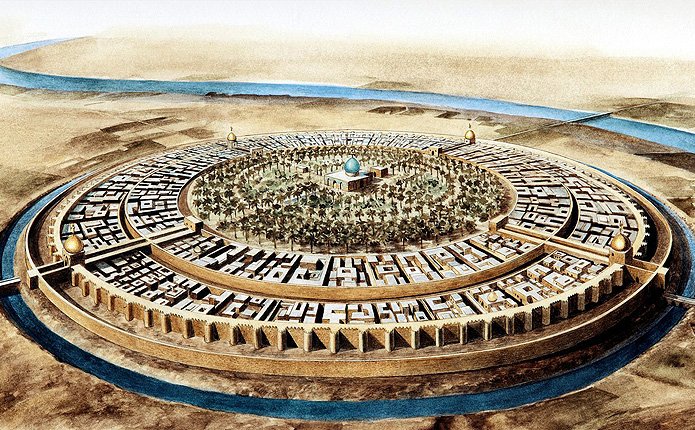
Influence on the Renaissance in Europe
To an extent, the European Renaissance was the result of the Golden Age of Islam. Ancient civilizations that had perfected their sciences and philosophies rarely saw their works translated into Europe: their scientific and philosophical advancements were brought back into intellectual curiosity through translations of Arabic works.
These values of curiosity, inclusivity, and innovation, which are kept alive here, are still important today. With a heavy heart, the Golden Age of Islam is such a reminder that humanity can actually do that when it is all about collaboration and not dogma.
The Golden Age of Islam was not blessed upon the Islamic world alone but as a gift to humanity. Many of the things we take for granted today were laid down by its achievements. If we accept the time spirit, we can keep innovating, collaborating, and making a better future.
